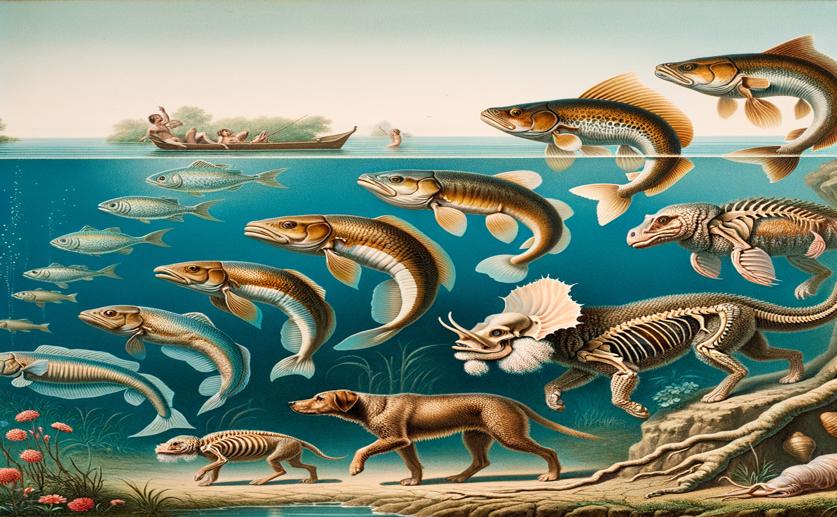
How Land-Dwelling Creatures Evolved to Breathe Air
Jenn Hoskins
19th July, 2024

Image Source: Natural Science News, 2024
Key Findings
- Researchers at The University of Tokyo studied three isopod species to understand the evolution of their respiratory structures
- Nagurus okinawaensis develops 'uncovered lungs' from modified swimming appendages, aiding air-breathing on land
- Alloniscus balssi forms 'dorsal respiratory fields' by differentiating specific dorsal regions, repurposing existing structures for air-breathing
Animal ScienceMarine BiologyEvolution
References
Main Study
1) Comparisons of developmental processes of air-breathing organs among terrestrial isopods (Crustacea, Oniscidea): implications for their evolutionary origins
Published 18th July, 2024
https://doi.org/10.1186/s13227-024-00229-z
Related Studies
2) Evolution of air breathing: oxygen homeostasis and the transitions from water to land and sky.
3) Giant lungfish genome elucidates the conquest of land by vertebrates.
4) Chelicerates and the Conquest of Land: A View of Arachnid Origins Through an Evo-Devo Spyglass.



 12th March, 2024 | Jenn Hoskins
12th March, 2024 | Jenn Hoskins